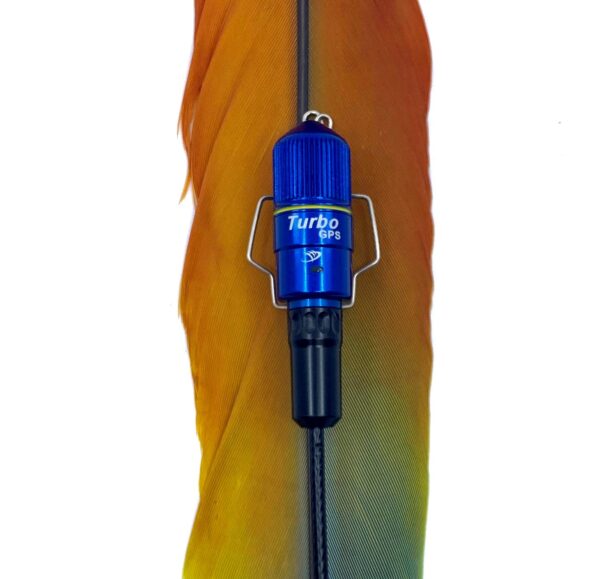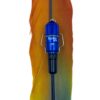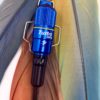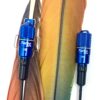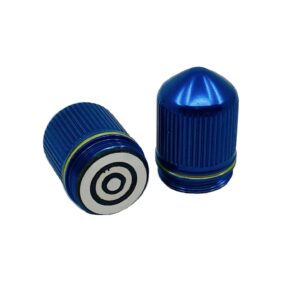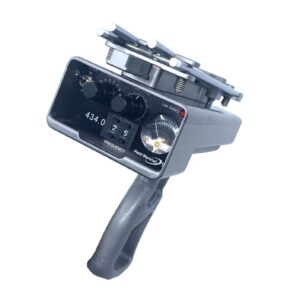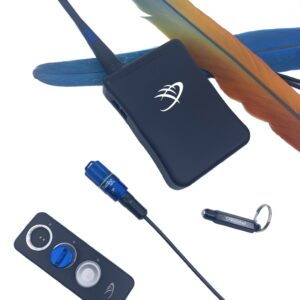Description
Model:Turbo GPS
The Turbo-GPS transmitter is the same size, shape and weight of our RT transmitters, but inside we found a way to incorporate a tiny GPS receiver. The RT-GPS learns where it is and then sends this data via radio frequency to a transceiver we call the Pocketlink. It is the PocketLink that in turn forwards this situational data it is receiving to our App on your iPhone or Android Device. At the same time, the Turbo-GPS is sending a beeping signal in the UHF band that can be received by the Field Marshall for regular direction-finding.
When the transmitter stops hearing from the PocketLink it automatically kicks on the Turbo after 30 seconds of no contact. This allows 2-3 times the range with very little impact to battery life making it capable of sending the GPS signal great distances using situational awareness and intelligent response. When the transmitters hears from the PocketLink again it will automatically turn off the Turbo Mode.
ANTENNA AND ANTENNA PROTECTOR
The GPS transmitters and system come with the standard set up which includes a regular antenna and antenna protector. These are great for smaller parrots or Macaws with mellower temperaments. For larger Macaws, multiple macaws and those who practice At Liberty flying we recommend the Upgraded option which includes a “heavy”/thicker antenna and a machined aluminum antenna protector. The aluminum antenna protector can resist the powerful bites of larger macaws. These metallic antenna protectors however may slightly reduce satellite signal reception up to 20%.
GPS BATTERY LIFE
The user configurable modes available within AeroVision allow the RT GPS to run for up to a week on the rechargeable battery. Mixed mode use can be configured for several hours of high update GPS plus many hours of lower update rate tracking. Default settings the battery life is 2-3 days.
What are the regulations in the US and Canada for using the UHF bands?
The use of the 434 (or UHF) band in the USA & Canada requires the user to apply for a Ham Radio License (easily attainable by paying a small fee and passing a written test). Once done, the user is now a legal ‘station’ and is able to use the quiet UHF band and at much higher power levels. To legally use telemetry on this band, your transmitter must broadcast your station ID (Ham Radio Call Sign, a feature exclusive to Marshall transmitters). You simply enter your call sign or temporary station ID (phone number) into AeroVision.
If you do not have an Amateur Radio License, you might be surprised how easy it is to obtain one. Pass a simple test, for which you can study all the answers in advance, pay ten dollars and with and 80% passing grade, you have a ten-year license, new knowledge about Radio Telemetry and the authorization to use the non-commercial bands (such as 433-434) not only for tracking but communication and emergencies.
For those wanting to find out what’s required to get a HAM License, here’s a great place to start: How to get your Amateur Radio License





